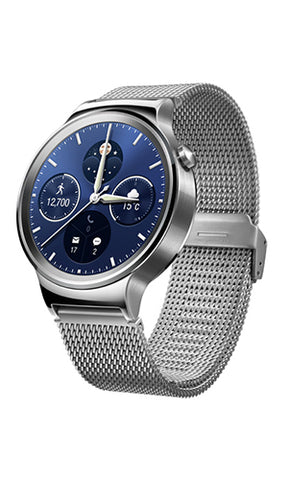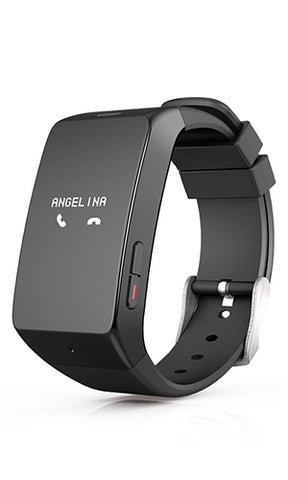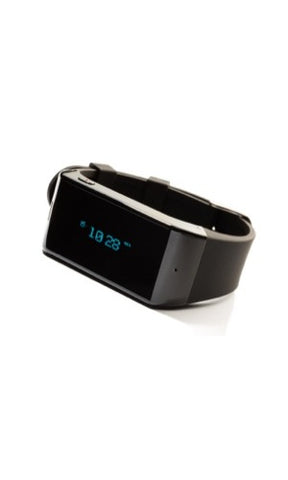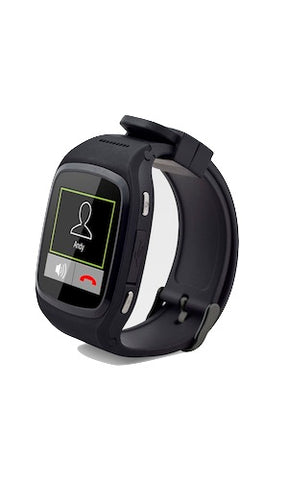Wearables & The Retail Landscape
Written By
Wearables.com
With Google just recently announcing its first round of partners for it’s Glass at Work initiative, industries such as retail have been abuzz with ideas to implement wearables into their space as a way to improve efficiency and customer experience. From smartwatches to smartglasses, wearables allow employees to stay connected, helping them engage customers more effectively.
Retailers are interested in implementing wearables directly into their operations. One effective example has been The Container Store’s implementation of the Theatro Wearable Computer to replace its outdated walkie-talkie system for communication amongst its employees. The matchbox sized wearable uses voice activation to connect employees together, as well as allow employees to get real-time feedback on their work from managers and corporate offices. Patrick Fitzgerald, EVP of Theatro, explained wearable devices allow employees to stay “heads up and hands free”, creating a better customer service experience.

Theatro’s retail solutions connect employees to one another and to headquarters. Source: Theatro.com
As far as the consumer experience is concerned, wearables offer a wide array of possibilities to make shopping a more seamless, efficient, and enjoyable experience. Alex Romanov, CEO of iSIGN Media said, “Retailers must find ways to tie wearable tech adoption into other aspects of the brand experience, leveraging things that customers already use and like as incentives to use and like wearable technology.” He goes on to explain using shoppers’ buying patterns, in-store shopping time, and other granular data can be indispensable to optimizing a store’s experience for its consumers. Retailer’s can then use this data to properly place products to maximize reach, plan their inventory according what sells and where, or notifying customers of certain deals as they move near products.
Perhaps the most anticipated technology to the retail landscape are products like Apple’s iBeacon. For those unfamiliar with iBeacon the technology extends location services, specifically to indoor areas, that allow iOS devices to alert apps when people come near or leave an area with iBeacon. Dave Peterson, Sr. Manager of Digital Vendor Marketing at big-box giant Target, explained that they are actively exploring allowing companies to allert customers of promotions or messages within store locations. Consumers must of course opt-in.
Retailer Walgreens has long offered its Steps With Rewards program that allows customers to earn Walgreens Balance Rewards points by tracking their activity. The retailer has created a promotions-for-data model that other retailers may soon incorporate. Just last week Nike set up a vending machine in New York City that allowed people to trade in Fuel Points for Nike products including socks, hats, and shirts. Again creating a model that allows consumers to use their data as a means to earn promotions from vendors.
While there isn’t a one-size-fit-all solution to integrating wearables into each retail company or consumer experience, the potential for retailers to maximize the effectiveness of wearables seems large. As wearables gain further adoption, perhaps through products such as the long rumored iWatch, and move past the early adopter stage, retailers will continue to push their creativity in ways to make their customers’ shopping as seamless as possible.
We will continue to post updates on how wearables can continue to change both the retail experience, as well as retailers’ operations.
The post Wearables & The Retail Landscape appeared first on Wearables.com.
Tags: Featured Items




